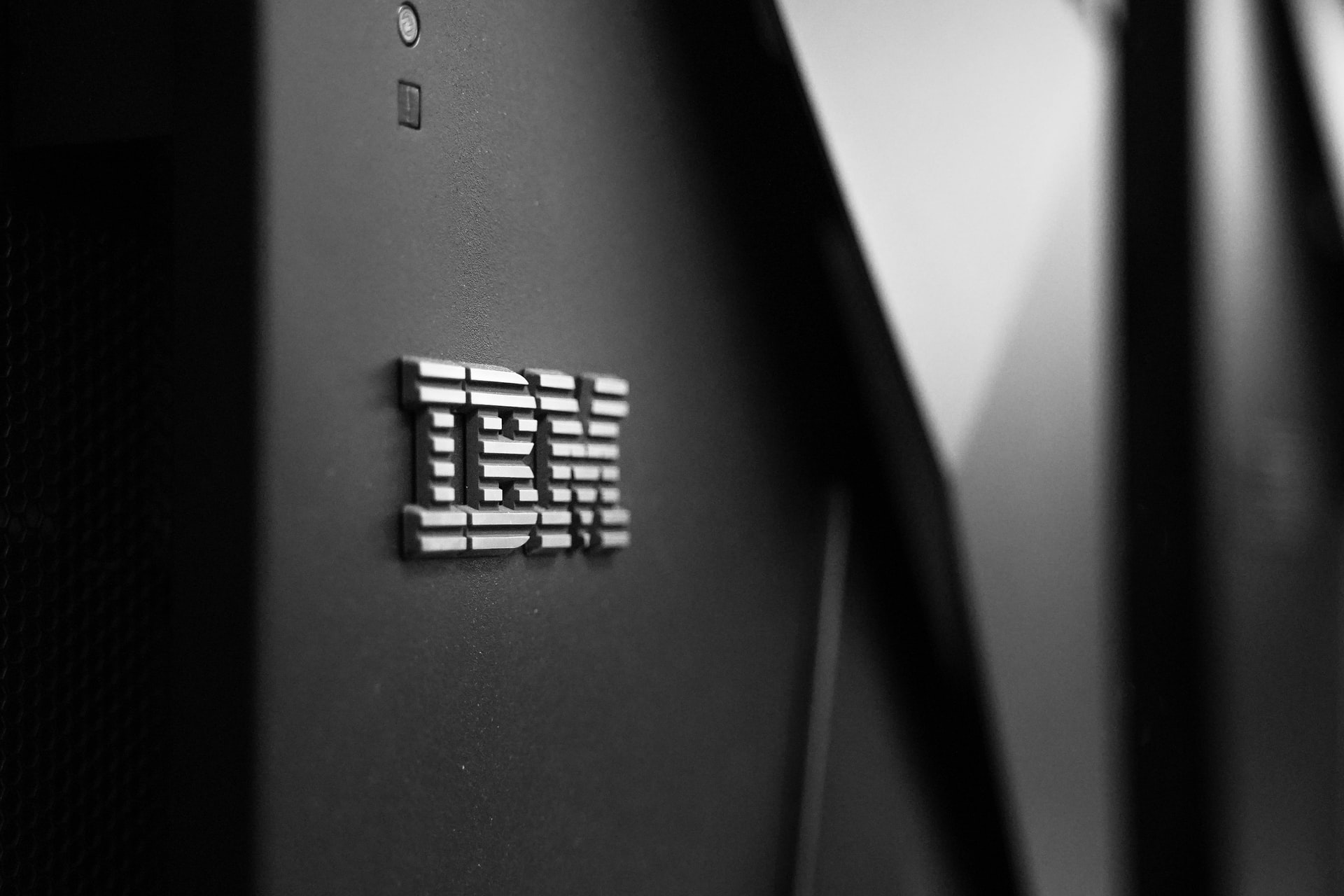Snowflake Inc. is a cloud-based data warehousing company founded in 2012 by Benoit Dageville, Thierry Cranes, and Marcin Żukowski. Its founders previously worked for Oracle Corporation. The company has around 2,495 employees and offers data warehouse-as-a-service, including data storage and analytics service. Since its founding, Snowflake has expanded its platform with new features and integration.
It integrates and runs on the world’s top three cloud computing platforms – AWS, Microsoft Azure, and Google Cloud Platform. In September 2020, Snowflake went public and raised $3.4 billion. Its valuation stands at $5.9 billion. In 2020, Snowflake generated $592 million in 2020 and ranked first on Forbes’ 100 Cloud list. [1]
In May 2021, Snowflake went headquarterless and now operates from principal executive offices in San Mateo, California, and Bozeman, Montana. According to projections, Snowflake’s revenues will grow at around 85% in 2021 and 65% in 2022. The company estimates its total addressable market at over $80 billion. Snowflake’s best-in-class offerings rival products from Amazon, Google, and Microsoft. [2]
Snowflake also faces stiff competition from platforms like Cloudera, Oracle, Teradata, and IBM. Here are the top 10 Snowflake competitors and alternatives:
1. Amazon Web Services (AWS)
Year founded: 2006
Headquarter: Seattle, WA
Amazon Web Service (AWS) is a comprehensive cloud computing platform that provides end-to-end services, including virtual servers and data warehousing. It is available in 245 countries and territories.
AWS integrates with Amazon Redshift and Amazon EMR, which compete directly with Snowflake in different departments. Amazon Redshift is a fully managed data warehouse that simplifies data analysis using standard SQL. Users analyze their data using their existing BI tools.
Amazon EMR competes against Snowflake’s data processing and distribution solutions. This web-based service simplifies big data processing. AWS’s annual revenue for 2020 was $45.3 billion, with $13.5 billion in profits.
It controls 32% of the cloud computing market, which increases its competitive edge over Snowflake. With AWS, Amazon Redshift, and Amazon EMR, Amazon is undeniably the biggest threat to Snowflake. It is Snowflake’s top competitor for many reasons. [3]
2. Microsoft
Year founded: 1975
Headquarter: Redmond, WA
Microsoft is an iconic tech company that offers hardware, software, and cloud computing service via Azure. The company’s SQL Server competes with Snowflake in the Database Management Systems (DBMS) category. This solution enables developers to build intelligent apps using their preferred language.
Microsoft also offers Azure Data Lake Store and Azure Synapse Analytics, which compete against Snowflake in big data processing and data warehousing. Microsoft’s three-in-one offering and robust features give it a competitive edge over Snowflake. However, Snowflake is cheaper in all three categories.
In 2020, Microsoft’s cloud services generated $50 billion in annual revenues. Businesses that use Microsoft’s products are more likely to choose Azure Data Lake Store and Synapse Analytics over Snowflake. Microsoft is one of the top Snowflake competitors. [4]
3. Google
Year founded: 1998
Headquarter: Mountain View, California
Google is a technology and search engine powerhouse. The company provides flexible solutions that rival Snowflake’s offering. With Google BigQuery, users can analyze big data in the cloud and run SQL-like queries against multi-terabyte datasets in seconds. BigQuery offers storage, which is slightly cheaper than Snowflake storage.
In a head-to-head speed test, Snowflake is faster than BigQuery. It delivers 8.21 seconds per query, while BigQuery has an average of 11.18 seconds. Both Snowflake and BigQuery 2.0 use Standard SQL.
BigQuery is part of the Google Cloud Platform, which gives it an edge over Snowflake. GCP’s revenue for fiscal 2020 was $13 billion, more than 20 times Snowflake’s $592 annual revenue. Google’s backing makes BigQuery one of the top competitors for Snowflake. [5]
4. Cloudera
Year founded: 2008
Headquarter: Santa Clara, California
Cloudera is a cloud-based data storage and management platform based on Hadoop. It delivers an enterprise data cloud that combines storage, processing, and exploration for any data. When the company was established, Hadoop was the next big thing. It rode the Hadoop startup wave and went public in 2018.
In June 2021, Cloudera was acquired by equity firms for $5.3 billion and switched from a public to a private entity. The company acquired Datacoral and Cazena in June 2021. These acquisitions in strategy will help Cloudera capture more market share in the data warehouse and data lake storage sectors. It is a rejuvenated top Snowflake competitor. [6]
5. Oracle
Year founded: 1977
Headquarter: Austin, Texas
Oracle is a tech company that offers enterprise IT solutions and cloud computing via SaaS, PaaS, and IaaS models. Oracle Exadata Cloud Service provides a scalable, reliable, and cost-effective platform for data warehousing and BI.
The main advantage for Oracle Exadata Cloud Service is its integration with Oracle Cloud Infrastructure, the largest enterprise-level cloud computing platform globally.
Innovative companies like Zoom, McDonald’s, 8×8, and Nissan use Oracle Cloud Infrastructure. These companies are more likely to use Oracle Exadata Cloud Service than Snowflake. In 2020, Oracle generated $39.1 billion in revenues, with cloud services contributing $27.4 billion. Oracle is one of Snowflake’s top competitors and the best alternative for large enterprises. [7]
6. Teradata
Year founded: 1979
Headquarter: San Diego, California
Teradata is an enterprise software company that provides business analytics, consulting services, and data warehousing. It offers on-premise and cloud-based data warehousing, which competes against Snowflake’s offering for customers.
The company’s cloud data analytics platform supports a hybrid multi-cloud reality, allowing users to solve the most complex data challenges at scale.
Teradata has 8,535 employees and operates globally. The data management specialist generated $1.8 billion in 2020, and its public cloud ARR (annual recurring revenue) rose 176% to $1.4 billion.
“We anticipate driving annual growth of at least 100% in cloud ARR in 2021,” said CEO Steve McMillan. Teradata is one of Snowflake’s top competitors. [8]
7. IBM
Year founded: 1987
Headquarter: Armonk, New York
IBM Inc. is a multinational tech company that produces and sells computer hardware, middleware, and software. It operates in 170 countries worldwide and has over 100 years of experience in the IT sector. This iconic company generated $73.62 billion in annual revenue in 2020.
IBM Db2 offers hosting services and data warehousing and competes with Snowflakes in the data warehouse sector. This platform provides enterprise-wide solutions for high-volume workloads and is optimized to deliver high performance at a lower cost. However, IBM Db2 is expensive and slower to reach ROI than Snowflake. IBM’s robust infrastructure and financial capabilities give IBM Db2 a competitive advantage over Snowflake. [9]
8. Databricks
Year founded: 2013
Headquarter: San Francisco, California
Databricks is an enterprise software company that offers a cloud data platform for automated cluster management. It has around 2,000 employees and caters to more than 5,000 organizations worldwide. Databricks also provides open-source tools like Delta Lake, MLflow, and Koalas, which can poach data analysts from Snowflake. In 2020, Databricks generated $425 million in revenues.
The company raised $1 billion in February 2021 at a $28 billion post-money valuation. This Series G funding round takes its total to $1.9 billion. Databricks partnered with Google Cloud in 2021, and its Databricks for Azure has been running since November 2017. Snowflake and Databricks converged in 2020 after Databricks introduced SQL Query data storage and acquired Redash. This offering and acquisition make Databricks the perfect alternative to Snowflake. Databricks is a worthy top Snowflake competitor. [10]
9. Apache Druid
Year founded: 2011
Headquarter: San Francisco, California
Apache Druid is a cloud-native real-time database for building interactive analytics at scale. It is distributed data store written in Java, but not a data warehouse like Snowflake, Amazon Redshift, or Teradata. Currently, hundreds of leading companies like Netflix, Lyft, eBay, Snap, Alibaba, and Salesforce use Druid.
Apache Druid is open-source and free to use. The tradeoff between using Druid versus Snowflake is flexibility. Snowflake users can leverage the flexibility of a data warehouse. However, Druid has low latency and high concurrency, making it is ideal for powering user-facing analytics applications. It ingests data and answers ad-hoc analytic queries faster than Snowflake. These qualities make Druid the best Snowflake alternative for real-time data processing. [11]
10. Dremio
Year founded: 2015
Headquarter: Santa Ana, California
Dremio is a unicorn cloud data analytics startup that offers analytic processes running directly on data lakes. Its innovative open source-based software can make data warehouses obsolete. What makes Dremio so unique is its in-memory software. This feature allows users to run analytics routines without a data warehouse like Snowflake to process their load. [12]
In 2021, Dremio raised $135 million in series D funding at a valuation of $1 billion. The company will invest the funds in cloud data lake technologies that accelerate database queries. Dremio can help users eliminate the costs of data warehousing. It threatens Snowflake’s market share and profits in the short term and its existence in the long run. [13]
References & more information
- Konrad, A. (2021, May 12). The Cloud 100: Submissions For 2021’s List of the Best Private Companies in Cloud Computing are now open. Forbes
- Great Speculations (2021, Jun 9). Is Snowflake Stock Still A Buy After Rallying 30% Last Month? Forbes
- Bishop, T. (2021, Feb 2). Amazon Web Services posts record $13.5B in profits for 2020. Geek Wire
- Dignan, L. (2021, Jan 26). Microsoft’s Q2 Azure revenue up 50%, commercial cloud run rate at $66.8 billion; forecast tops consensus. ZDNet
- Rogojan, B. (2021, Mar 1). Snowflake vs. BigQuery: Comparing Pricing, Performance & More. Panoply
- Miller, R. (2021, Jun 2). With the buyout, Cloudera hunts for relevance in a changing market. Tech Crunch
- Moorhead, P. (2021, Jan 4). Oracle Cloud Infrastructure is Growing Up and Gaining Customers. Forbes
- Bylund, A. (2021, May 7). Why Teradata Stock Crashed Today. The Motley Fool
- Fadilpašić, S. (2021, Jan 22). IBM profits slashed almost in half in 2020, despite cloud growth. IT Pro Portal
- Novet, J. (2021, May 21). Databricks is on track for $1 billion in revenue in 2022, investor says. CNBC
- Bilodeau, R. (2020, May 4). When a Data Warehouse Can’t Keep it Real-Time. Imply
- Mellor, C. (2021, June 7). Who needs Snowflake? Dremio’s direct data lake analytics get faster and more powerful. Block and Files
- Wiggers, K. (2021, Jan 6). Dremio raises $135 million to help companies rapidly analyze data. Venture Beat
- Featured image by Sigmund on Unsplash












Add comment